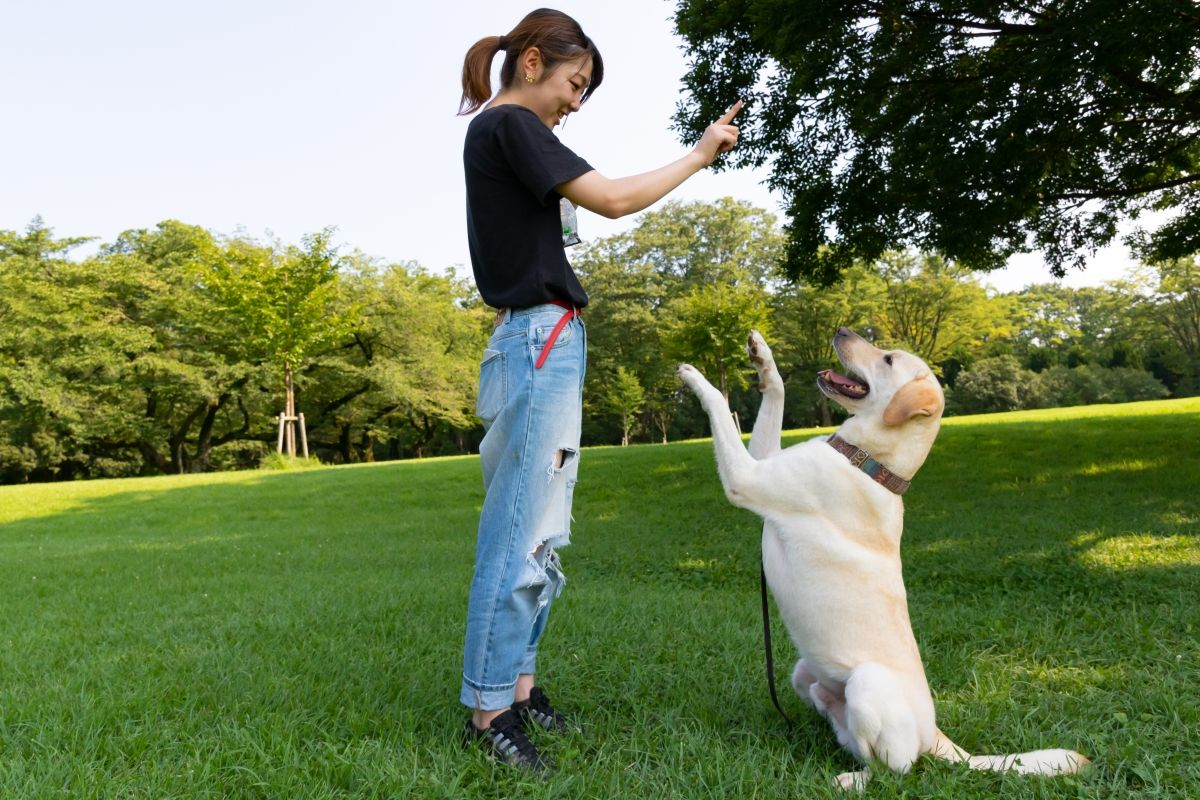A well-behaved dog doesn’t happen by accident. Behind every peaceful home with a calm pet lies intention, effort, and consistency. The daily rhythm of life becomes smoother when your dog understands boundaries, expectations, and the joys of cooperation. Dog training is not just about commands—it’s about creating a balanced, happy coexistence that supports the whole household.
Building Morning Calm with Structure
The first moments of the day often set the tone for everything that follows. A dog that jumps, barks, or dashes wildly as soon as the alarm goes off can quickly cause stress. But a dog that waits patiently at the door or sits calmly during your coffee time is a result of thoughtful guidance. Consistency in your morning routine teaches your dog what to expect—and what’s expected in return.
Making Evenings Peaceful Through Dog Training
Dog training, by definition, is the process of teaching your dog behaviors and responses that align with your home’s needs. But more than that, it brings predictability. In the evenings, when the family settles down, a trained dog knows it’s time to wind down too.
Dinner preparation, family TV time, and children’s homework sessions all go more smoothly when the dog understands not to beg, bark, or demand play. Through dog training, your pet learns that calm behavior leads to rewards like attention, treats, or a cozy spot near you. This cooperation supports a peaceful, enjoyable evening for everyone.
Creating Smooth Transitions During Busy Hours
The chaos of midday deliveries, guests arriving, or kids coming home from school can trigger excitement in even the calmest dogs. But routines become easier when your dog is trained to respond calmly to doorbells, footsteps, or sudden noise.
Teaching a dog to go to their bed, stay quietly, or wait for your cue during these moments helps maintain order. It also prevents overwhelming situations where the dog gets too excited or scared. Even brief dog training sessions around these busy times can make a lasting difference in your daily life.
Encouraging Independence While You’re Away
Many pet owners worry about their dogs when they leave for work or errands. Without structure, some dogs bark, chew furniture, or pace anxiously. Training can transform those anxious hours into peaceful solitude.
By establishing a pattern where your dog knows what to expect—like a morning walk, followed by quiet time and enrichment toys—they learn to be comfortable alone. Dog training helps foster emotional balance and independence. In the long run, this creates a more confident and relaxed pet even when you’re not home.
Involving the Whole Family in Dog Training
Dog training doesn’t belong to just one person. When the entire household participates, it creates consistency that dogs thrive on. Everyone becomes part of the same rhythm—using the same words, expectations, and rewards.
This shared effort teaches kids responsibility, encourages adults to be patient, and fosters a deeper bond with the dog. It also ensures that routines don’t fall apart when one person is away. In these shared training moments, your dog learns how to navigate life with all members of the family.
Conclusion
Dog training weaves itself into the fabric of everyday home life. From peaceful mornings to calm evenings, from managing excitement to fostering independence, it supports the routines that keep your household running smoothly. More than teaching tricks, it creates harmony, predictability, and trust. When training becomes a part of your lifestyle, the result is a home filled with understanding, patience, and a happy dog who feels right where they belong.
